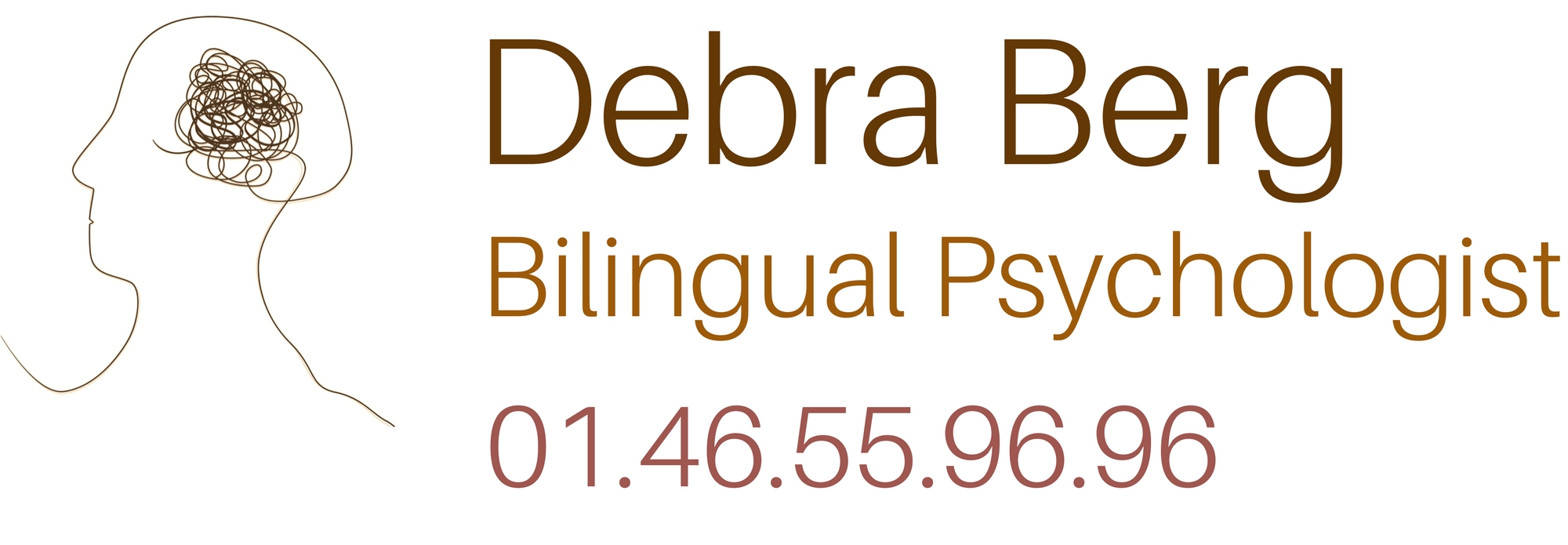Christine writes her own shows but her creativity somehow dried up years ago. She’s seeking tools that psychology today can offer and is consulting with me to overcome her inhibition.
In Part 1, with Christine we did the preparation work for the EMDR treatment.
In my role as an EMDR therapist, I guide Christine so she can begin the therapy work for this session.
She selects a situation which she describes in detail where she feels the inertia which is disturbing to her. She hones in on the image of herself, sitting on her living room couch, looking at piles of papers on the floor.
She feels paralyzed and amorphous. She feels depressed, frustrated, frightened and angry.
Physically she feels a tremendous weight on her shoulders preventing her from budging. The task of tidying the papers seems overwhelming.
We begin sets of bilateral stimulation with the buzzers Christine is holding in her hands. She lets her thoughts, feelings, sensations arise and change spontaneously without any judgment. The images change rapidly as they might in dreams.
At first she sees an enormous black cauldron filled with a stagnant dark liquid. Then she imagines herself as a fetus in her mother’s womb. Then she is near a volcano and trying to emerge from the lava. She has a heavy cough and spits fire. A lion with its mane jumps through a hoop in flames and becomes a tiger that appears in her living room.
The tiger roars at her and pushes her to get up. Then it becomes friendly and soft to the touch and hops onto the couch next to her, nudging her from time to time to stand up.
A gust of wind sweeps through the room and picks up all the papers and swirls them into a whirlwind. At this point, Christine starts giggling. And then the “paper fairy”, dressed in a light veil, arrives to finish tidying the papers.
Christine feels quite tired now and sees herself sleeping in a great white bed watched over by 4 guardians who await patiently while she finishes her restful deep sleep.
This is a good point to end the EMDR session. We conclude with some relaxation and debriefing so that Christine leaves my office feeling calm and safe. She is aware that in between sessions she can get in touch if necessary.
We don’t yet know how this EMDR session will impact Christine’s block in dealing with paperwork.
At her next session however, she reports feeling more alive and energetic. She is no longer glued to her couch watching television. She readily tackles paperwork and the piles are quickly diminishing.
She is enthusiastic to treat another area of difficulty in her life. As her therapist, I’m pleased to assist her in selecting the next step in her psychotherapy with EMDR.
Is there a problem in your life that you would like to overcome using EMDR?
Debra Berg, Psychologist in Paris
